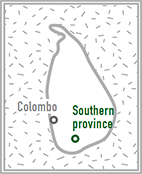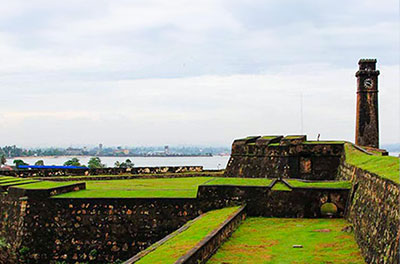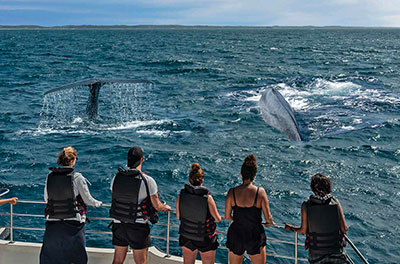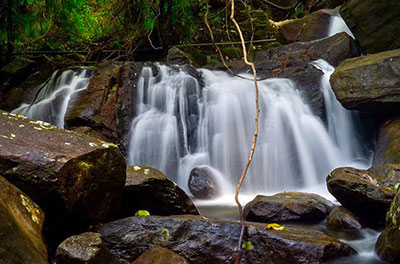ITOP Member

The Southern Province as it is today must be viewed against a tapestry depicting a rich history replete with archaeological treasures and religious edifices that speak eloquently of a great cultural inheritance all of which provide evidence of a civilization that is indeed older than many European civilizations, whose identity has been preserved despite the southern maritime region begin subject to successive rules and the consequent impact of foreign cultures and influences.

Southern Province
Galle
Sinhalese, Tamil and English (recognized)
2.4 million
Tropical
Weerawila Airport
Sri Lankan Rupee (LKR)
Agriculture and Fishing

Built by the Portuguese in 1619, and expanded by the Dutch and British, Galle Fort is a world heritage site. Most of the buildings are of the Dutch period and well preserved. The present national museum building is the oldest built in 1656. The first marine museum in Sri Lanka is housed near the old gate. At the far end of the fort is the lighthouse.

The golden beaches of the Southern Province, the diversity of its nature, and its uniqueness have made it popular among worldwide tourists. Because of the growing popularity of its beautiful and pristine beaches, tourism plays a major role in the economy of the region, and at present 45% of the workforce is directly or indirectly engaged in tourism without any doubt, Southern sea and beaches are highly end tourist destinations for sightseeing, whale watching, surfing with a combination of star level hotel accommodations.

Surfing in Sri Lanka is one of the popular sports in Sri Lanka among foreign tourists despite not being popular among the Sri Lankan locals. Surfing in Sri Lanka dates back to the early 1960s. Along with the beautiful beaches in country, southern and eastern regions best places for adventurous surfing, windsurfing & kitesurfing.
Places such as Hikkaduwa, Weligama, Mirissa, and Unawatuna are popular surf spots in Southern Province and among tourists. Tourism in Sri Lanka is also very closely related to the sport of surfing and the Sri Lanka Tourism Promotion Bureau considers the sport of surfing as one of the measures of attracting tourists.

A tropical evergreen verdant rainforest with rare species of flora and fauna. Of the total extent [11,330 hectares], approximately 20% [2,300 hectares] are in the southern province. Sinharaja Forest Reserve is also home to over 50% of Sri Lanka’s endemic species of mammals and butterflies, as well as many kinds of insects, reptiles, and rare amphibians. The two main nature trails of Sinharaja Rain Forest are those that lead to the peak of Moulawella and the peak of Sinharaja. Both of these nature trails begin at Kudawa Conservation Centre [KCC] and are equally enjoyable and enlightening.